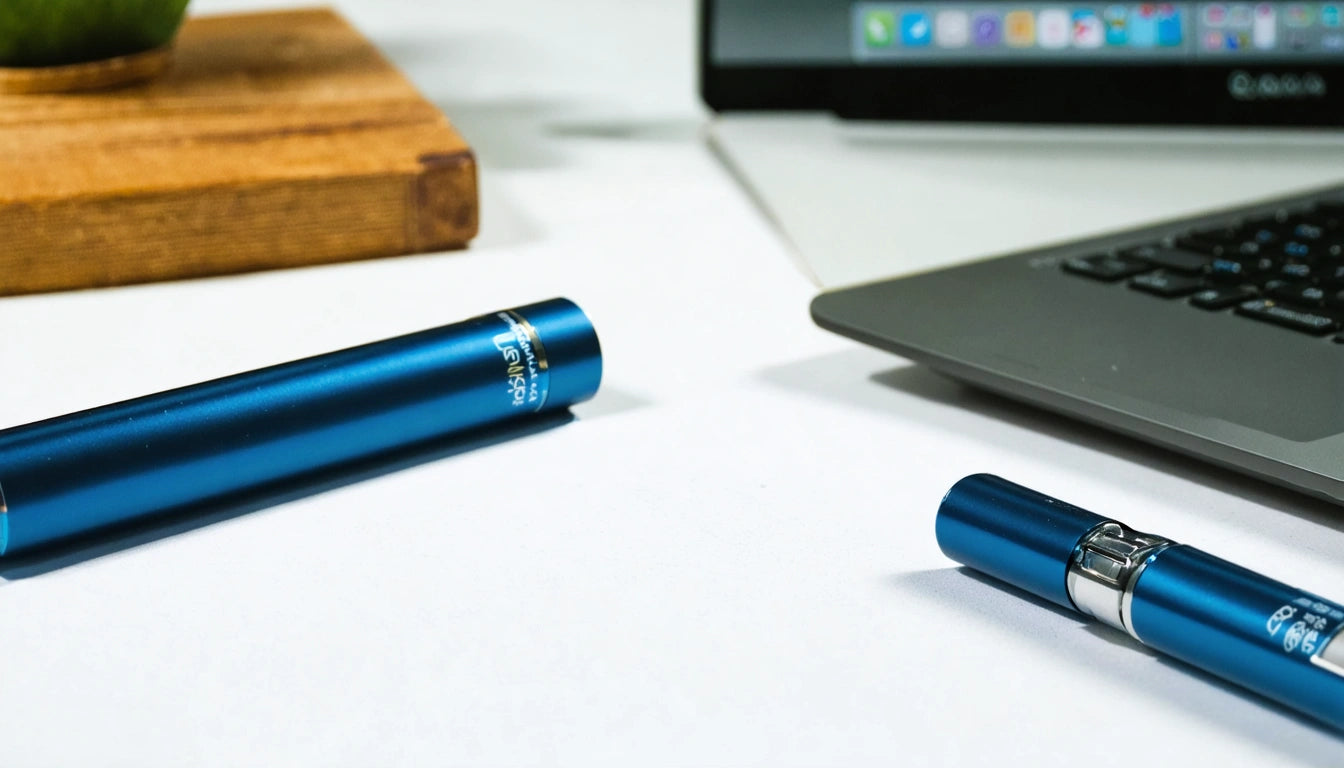Blunt vs. Joint: Understanding the Differences and Preferences
Cannabis consumption methods vary widely, with blunts and joints representing two of the most popular traditional smoking options. While they may appear similar at first glance, the differences between these two methods significantly impact the overall experience, from flavor profiles to effect duration and intensity.
Fundamental Differences: Blunt vs Joint Construction
The primary distinction between blunts and joints lies in their wrapping material. Joints utilize thin rolling papers typically made from wood pulp, rice, hemp, or flax. These papers are generally white or translucent and burn relatively quickly.
Blunts, conversely, use tobacco leaf wrappings, either from hollowed-out cigars or specific blunt wraps. This fundamental difference creates a more substantial smoking vessel that burns slower and holds more cannabis than the average joint.
According to our comparison guide, blunts can hold anywhere from 1-2 grams of cannabis, while joints typically contain 0.3-1 gram, making blunts the preferred choice for group sessions.
The Flavor Experience: How Materials Affect Taste
The wrapping material significantly influences flavor. Joint papers are relatively neutral, allowing the cannabis terpene profile to dominate the taste experience. Some specialty papers offer subtle flavors, but generally, joints provide a purer cannabis taste.
Blunts deliver a distinct tobacco-cannabis fusion flavor profile. The tobacco leaf contributes sweet, woody, or spicy notes depending on the cigar brand or blunt wrap used. This additional flavor layer is a primary reason many consumers develop a preference for either blunts or joints.
For those particularly interested in preserving and experiencing the full flavor profile of their cannabis, proper grinding is essential. Quality grinding equipment ensures consistent particle size for even burning in both joints and blunts, maximizing flavor extraction and smoking efficiency.
Common Flavor Profiles
- Joints: Pure cannabis flavor, minimal paper taste
- Blunts: Cannabis mixed with sweet, woody tobacco notes
- Flavored options: Both can come in flavored varieties
Effect and Duration: Comparing the High
The difference between a blunt and a joint extends beyond physical construction to the actual effects experienced. Blunts typically deliver a different high compared to joints due to the tobacco content in the wrap, which contains nicotine.
This nicotine content creates what many users describe as a "blunt vs joint high" distinction. The nicotine in blunts produces a slight stimulant effect alongside the cannabis experience. This combination often results in a more intense initial sensation that some users prefer.
Joints provide a cleaner cannabis effect without the tobacco influence. For medical cannabis users or those sensitive to nicotine, joints may be preferable as they deliver cannabinoids without the additional compounds found in tobacco.
Health Considerations Between Joints and Blunts
When evaluating whether joints are healthier than blunts, several factors come into play. The tobacco content in blunts introduces additional health considerations that aren't present with pure cannabis joints.
Tobacco contains nicotine and additional carcinogens beyond those present in cannabis smoke alone. This makes joints generally considered the healthier option between the two, particularly for regular consumers.
However, both methods involve combustion and smoke inhalation, which carry inherent respiratory risks regardless of the material being burned. For health-conscious consumers, understanding these differences is crucial to making informed decisions.
Rolling Techniques and Preparation Methods
The preparation process differs substantially between these two formats. Rolling a joint typically involves grinding cannabis, placing it in a paper, and rolling it into a cylindrical shape, often with a filter tip or crutch.
Blunt preparation is more involved, requiring either emptying a cigar of its tobacco contents or using a specialized blunt wrap. The thicker material makes rolling more challenging for beginners but provides a sturdier structure that's less prone to canoeing (uneven burning).
For those new to rolling, our guide to rolling techniques provides detailed instructions for both methods. Many consumers find that proper tools make a significant difference in the quality of the final product.
Key Factors That Influence Consumer Preferences
Consumer preferences between blunts and joints often develop based on several factors beyond just the smoking experience itself. Regional culture plays a significant role, with blunts having stronger popularity in certain geographic areas and communities.
Occasion also influences choice, with joints often preferred for quick, personal sessions and blunts favored for longer, social smoking experiences. The ritual aspect of preparation is another consideration, with some enthusiasts enjoying the more involved process of preparing a blunt.
Ultimately, the blunt vs joint debate comes down to personal preference. Many consumers enjoy both options depending on the situation, mood, or cannabis strain being consumed. Understanding the differences allows enthusiasts to make informed choices based on their desired experience rather than assuming blunts and joints are interchangeable.
Whether you prefer the pure cannabis experience of a joint or the tobacco-enhanced session of a blunt, both methods continue to be cornerstones of cannabis culture, each with dedicated followers and rich traditions that contribute to the diverse landscape of consumption methods.











Leave a comment
All comments are moderated before being published.
This site is protected by hCaptcha and the hCaptcha Privacy Policy and Terms of Service apply.